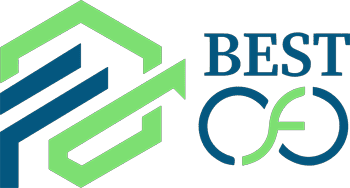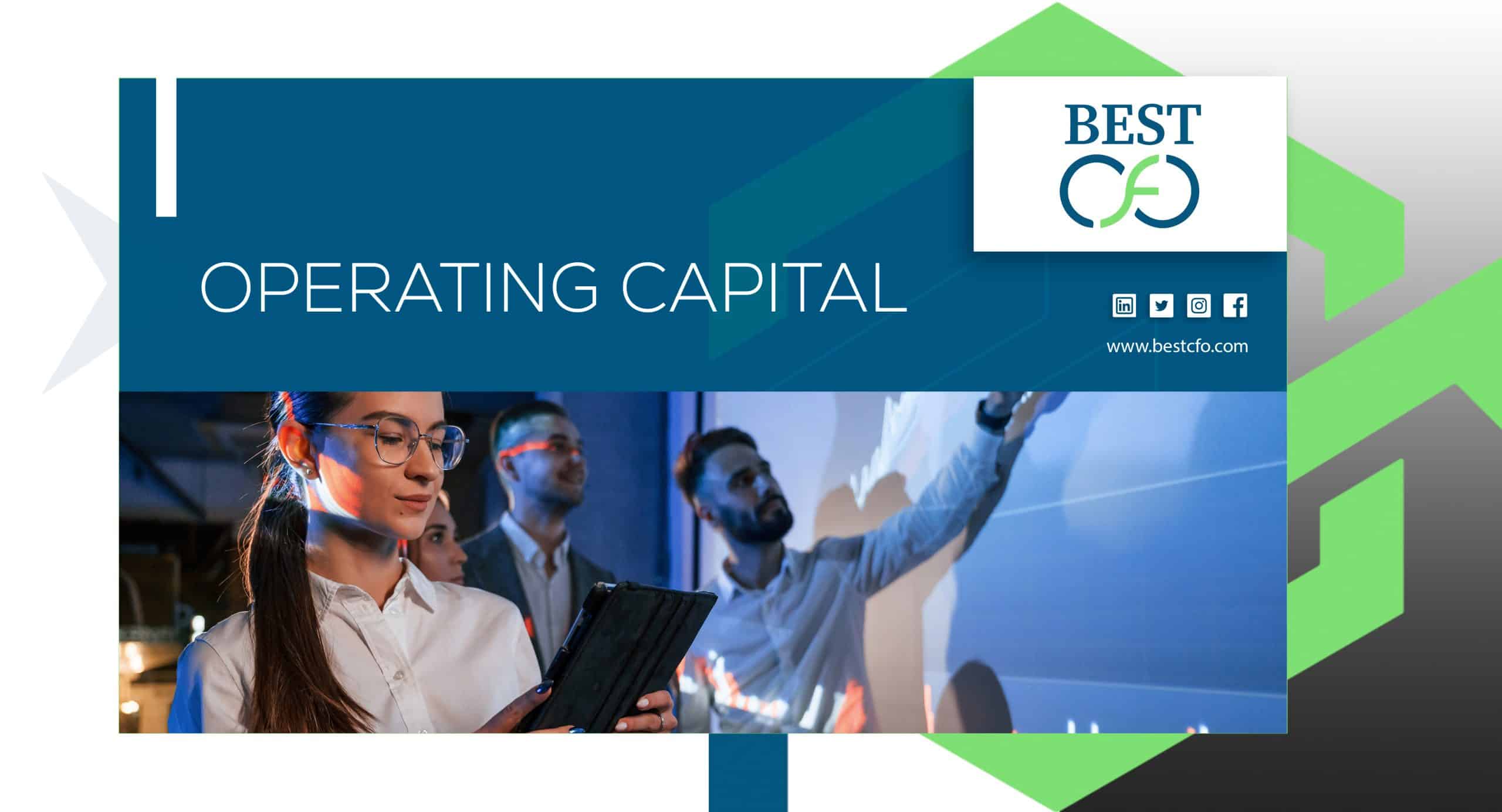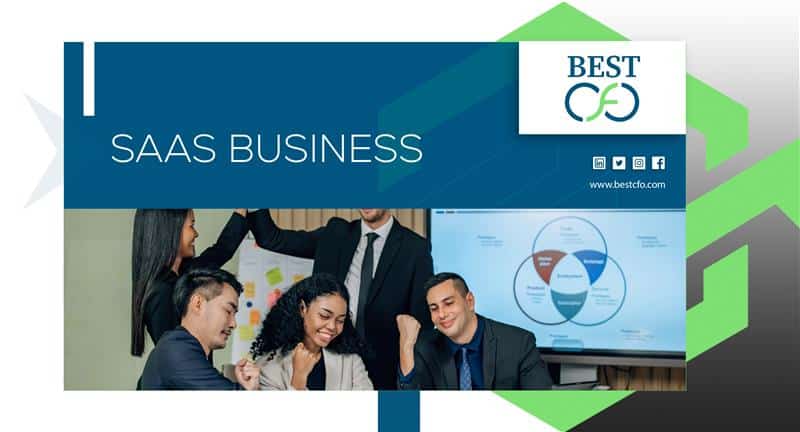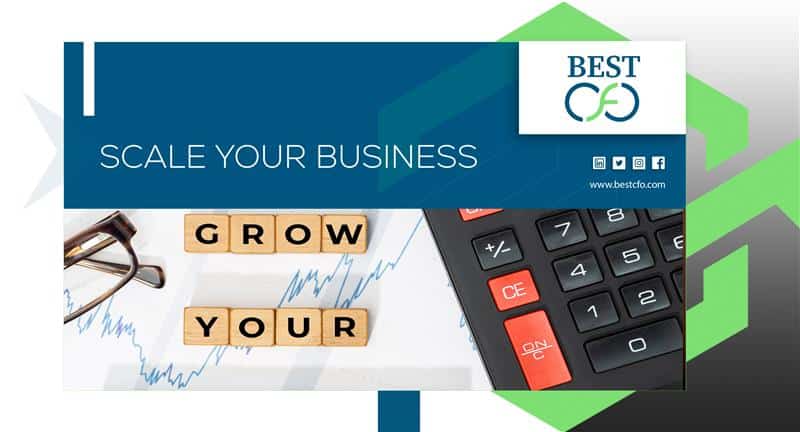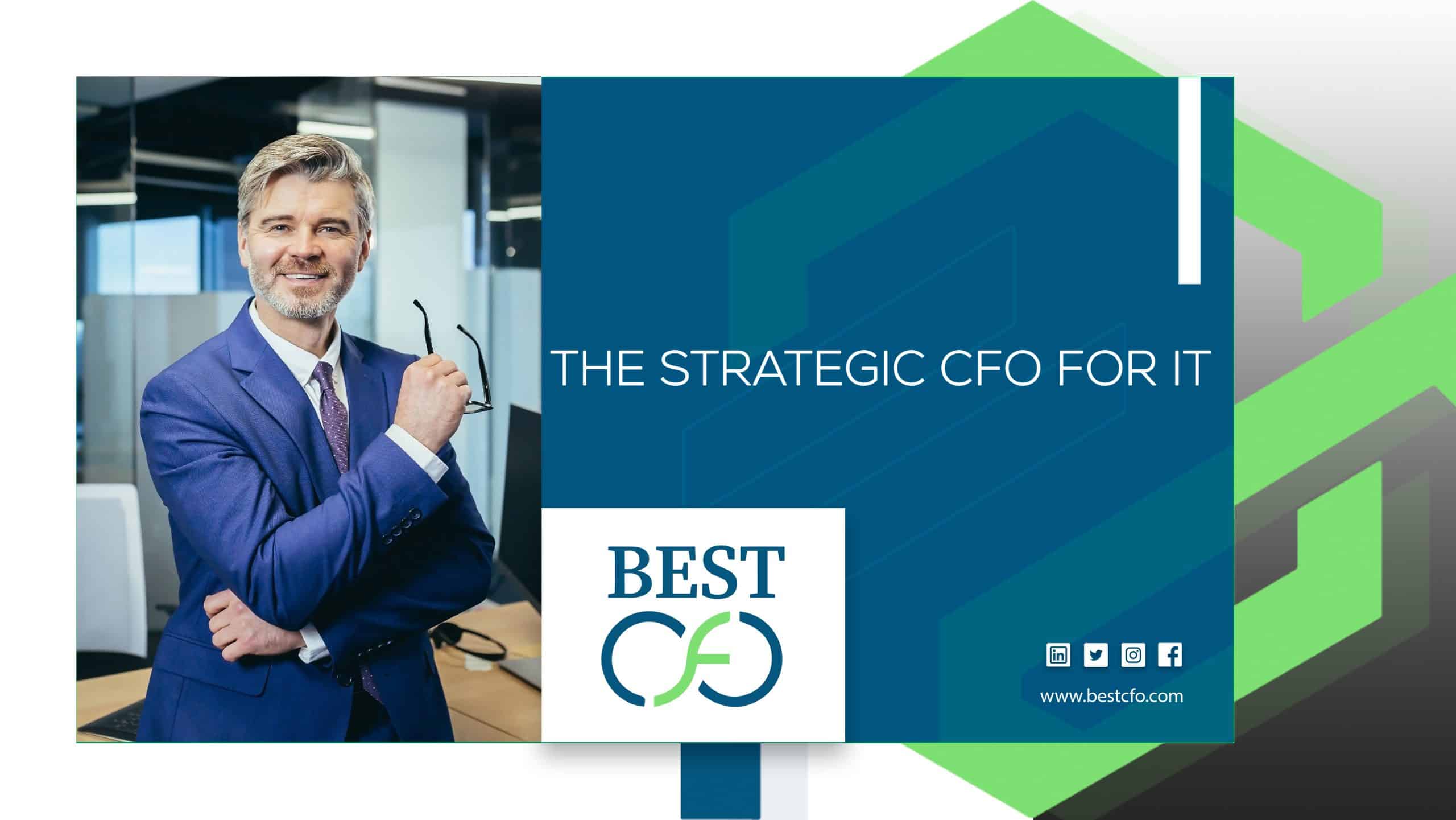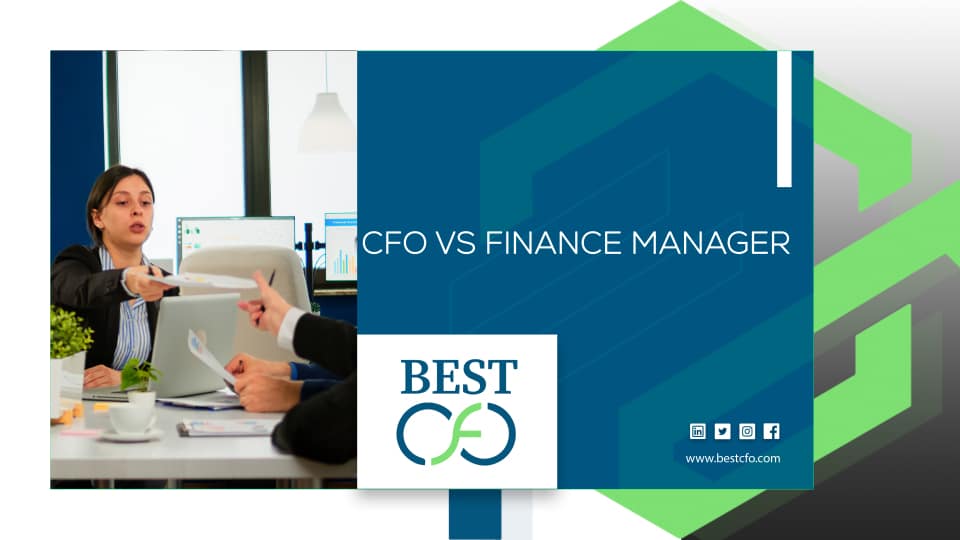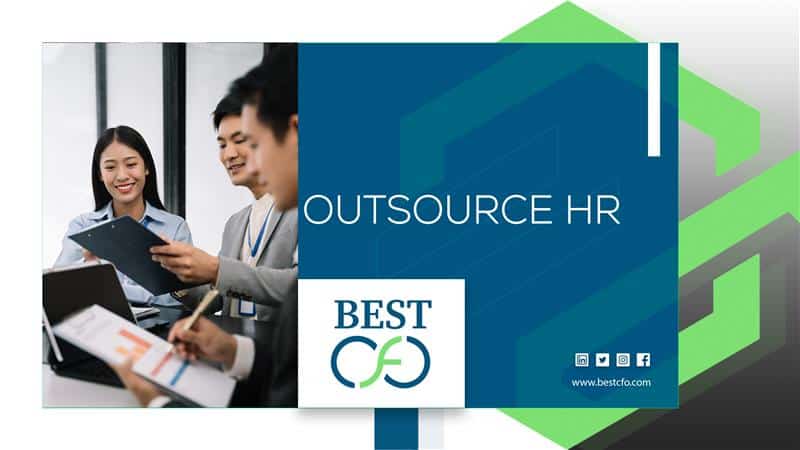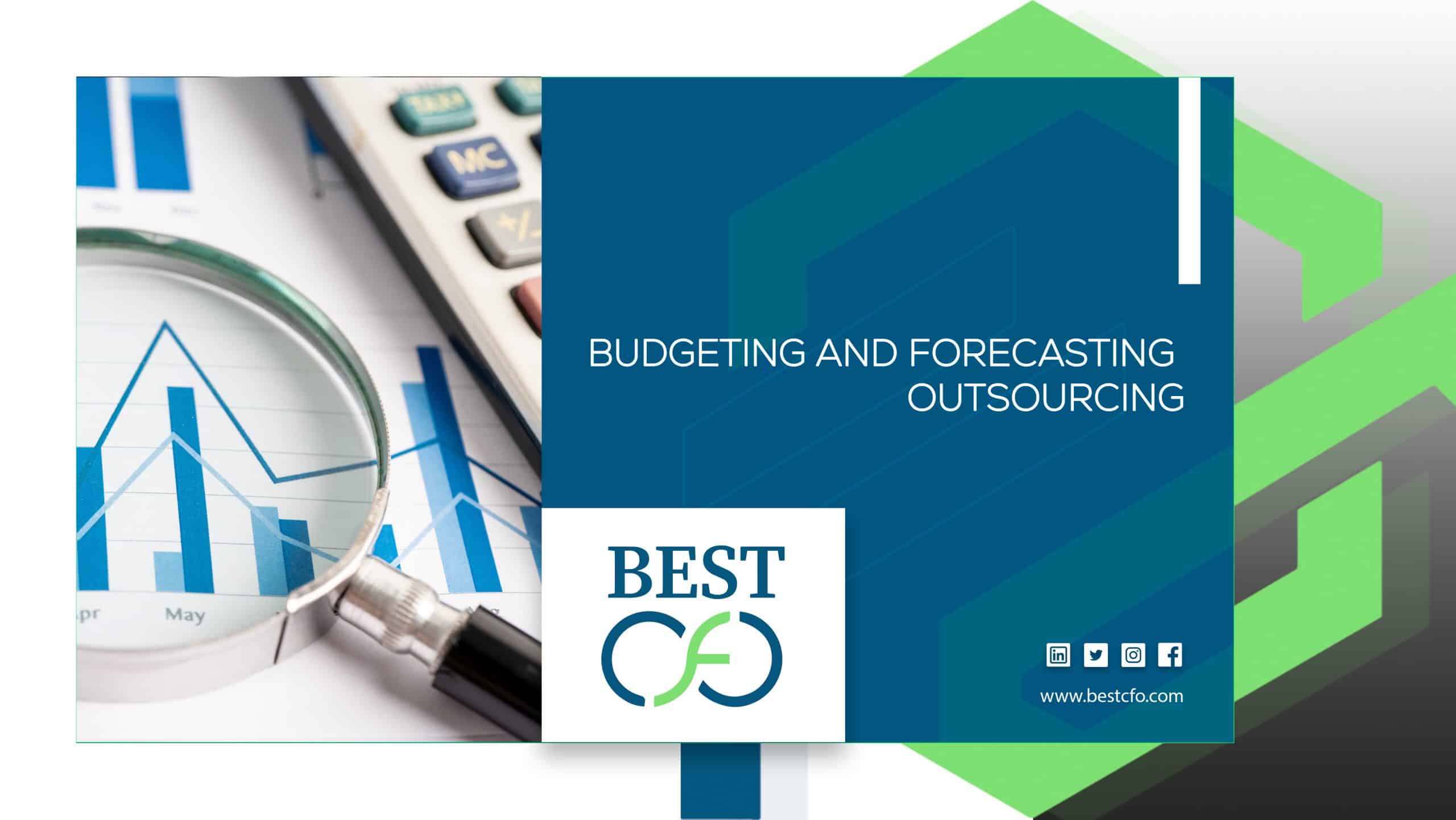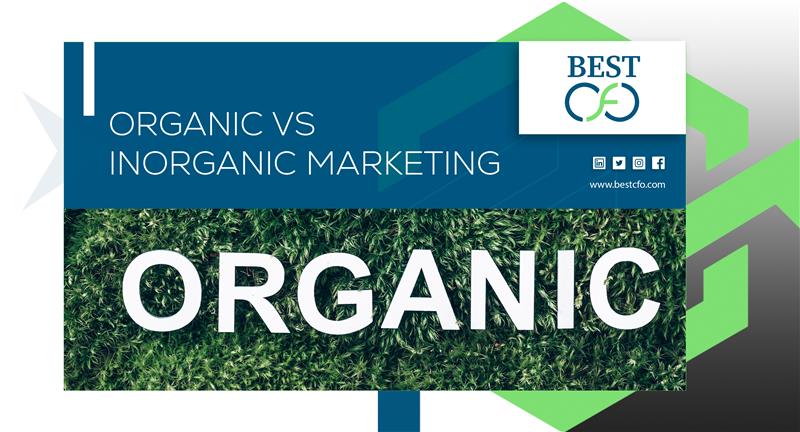
| Getting your Trinity Audio player ready... |
Organic vs Inorganic Marketing: Pros, Cons, and Best Use Cases
When it comes to growing your business in today’s fast-moving digital world, marketing is the fuel that keeps the engine running. But not all marketing is created equal. Some approaches are steady and slow, while others are quick and powerful. These fall into two main buckets: organic vs inorganic marketing.
Organic marketing is like planting seeds. It takes time, patience, and consistent effort, but over time, it can lead to lasting results. On the flip side, inorganic marketing is more like flipping a switch — you pay to get attention instantly.
In this blog, we’ll break down what these strategies mean, how they work, and when to use them. We’ll also look at their pros and cons, real-world examples, and how to track what’s working. Whether you’re new to digital marketing or a seasoned pro looking to refine your marketing strategy, this guide has something for you.
Understanding Organic Marketing
It means attracting people to your business through unpaid methods. This includes content marketing, search engine optimization, social media engagement, and good old-fashioned word-of-mouth. The goal is to build brand trust and boost visibility by being helpful, relevant, and consistent.
Key Organic Marketing Channels
- Search Engine Optimization (SEO): Improving your website so it ranks higher on search engines like Google or Bing.
- Content Marketing: Sharing helpful blogs, videos, or podcasts to educate and connect with your target audience.
- Social Media: Growing your community through regular posts, comments, and conversations.
- Email Marketing: Sending valuable, non-paid newsletters to stay in touch with your subscribers.
- Referral & Word-of-Mouth Marketing: Encouraging happy customers to spread the word naturally.
These strategies take time but often bring sustainable results, especially for startups or small businesses.
Pros of Organic Marketing
- Budget-friendly: No need to spend money on ads.
- Builds trust: People are more likely to trust content that isn’t pushed through paid channels.
- Long-lasting impact: Organic efforts often compound over time.
- High engagement: Followers and fans who find you naturally tend to stick around.
Cons of Organic Marketing
- Slow growth: It might take months to see solid results.
- Ongoing work: You need to consistently create and optimize content.
- Algorithm changes: Platforms like Facebook or Instagram can shift the rules anytime, affecting your reach.
Understanding Inorganic Marketing
It involves using paid tools like Google Ads, sponsored posts, or influencer marketing to spread your message fast. These methods can drive traffic, leads, or sales in a short amount of time.
Key Inorganic Marketing Channels
- Pay-Per-Click (PPC) Ads: Platforms like Google and Bing let you show ads to users searching for what you offer.
- Social Media Ads: Target users on platforms like Facebook, Instagram, TikTok, and LinkedIn.
- Sponsored Content: Articles or posts you pay to feature on websites or social platforms.
- Influencer & Affiliate Marketing: Collaborate with popular voices to promote your brand.
- Traditional Advertising: Think TV, radio, billboards — still effective in many cases.
Pros of Inorganic Marketing
- Fast results: Get traffic and leads instantly.
- Controlled reach: Choose exactly who sees your ads.
- Scalable: Increase or decrease spending based on your budget.
- Easy to measure: Track clicks, views, and conversions with detailed analytics.
Cons of Inorganic Marketing
- Costly: Can get expensive, especially in competitive spaces.
- Short-lived impact: Once the ads stop, so does the traffic.
- Ad fatigue: People may ignore your ads over time.
- Requires skill: You need experience or an expert to get the best ROI.
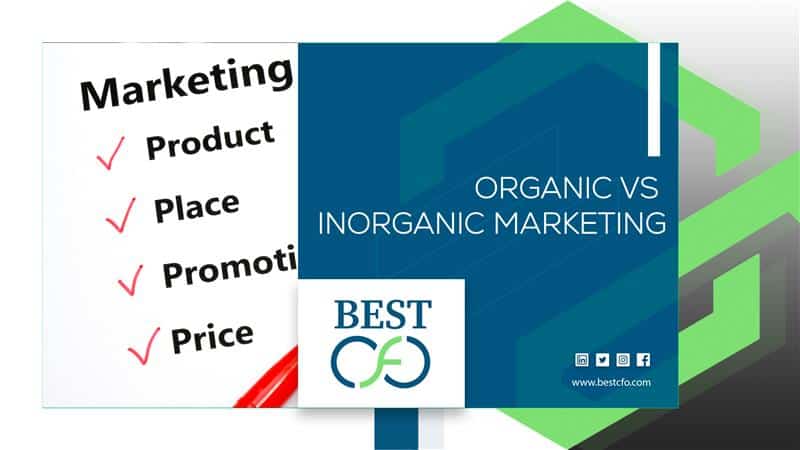
Organic vs Inorganic Marketing – Key Differences Table
Feature | Organic Marketing | Inorganic Marketing |
Cost | Low (Time-focused) | High (Money-focused) |
Speed | Slow growth | Fast results |
Lifespan of Results | Long-term | Short-term |
Trust & Loyalty | High | Varies |
Control | Less targeted | Highly targeted |
Scalability | Slower scaling | Easily scalable |
Best For | Long-term branding | Quick wins & promotions |
Best Use Cases for Organic & Inorganic Marketing
When to Use Organic Marketing
- Build authority: Use blogs, SEO, and thought leadership content to grow trust.
- Engage loyal fans: Great for keeping current customers in the loop via email or social media.
- Grow over time: Perfect for companies focused on long-term success.
- Tight budget? Organic is ideal when funds are limited.
When to Use Inorganic Marketing
- Product launch: Paid ads help you get noticed fast.
- Time-sensitive deals: Flash sales or seasonal promotions need a quick push.
- Crowded markets: Use ads to stand out among competitors.
- Retargeting: Bring back visitors with Facebook or Google remarketing.
Hybrid Approach: Combining Both Strategies
- Boost content: Use ads to promote your best blogs or videos.
- Retarget smartly: Show ads to those who visited your site naturally.
- SEO + PPC: Bid on keywords you already rank for to own the search page.
Case Studies & Real-World Examples
Successful Organic Marketing Example
HubSpot grew massively by publishing high-quality blogs, guides, and videos. They mastered the art of SEO and information sharing. Their strategy shows how content marketing builds trust and drives traffic without paid ads.
Successful Inorganic Marketing Example
Gymshark, a fitness apparel company, scaled quickly using targeted Facebook Ads. They understood their audience and leveraged social psychology to tap into fitness trends, turning clicks into loyal customers.
Brands Using Both Effectively
- Airbnb: Blends SEO with paid social ads for maximum visibility.
- Dropbox: Uses a referral program alongside paid advertising for solid growth.
How to Measure Success for Organic vs Inorganic Marketing Strategies
Organic Marketing KPIs
- SEO: Track keyword rankings, backlinks, and traffic from search engines.
- Social Media: Measure engagement, shares, and follower growth.
- Content: Check time on page, page views, and leads generated.
Inorganic Marketing KPIs
- Ads: Look at click-through rate (CTR), cost per acquisition (CPA), and return on ad spend (ROAS).
- Influencer Campaigns: Track reach, engagement, and conversions.
Tools for Tracking Performance
- Organic: Google Analytics, Ahrefs, BuzzSumo, SEMrush
- Inorganic: Facebook Ads Manager, Google Ads, HubSpot, LinkedIn Campaign Manager
These tools help you understand what’s working so you can refine your efforts.
Conclusion
In the ever-changing world of marketing, understanding the balance between organic and inorganic methods is key. Organic vs Inorganic Marketing isn’t about choosing one over the other — it’s about knowing when and how to use each.
If you’re building a brand from scratch, start with organic. If you’re launching a new product, try inorganic. But the best approach? Blend both to cover your bases.
Need help planning your marketing campaigns or budgeting your advertising spend? The Best CFO services can guide your team through the numbers while your creatives focus on storytelling.
FAQs
1: What is the difference between organic and inorganic marketing?
Organic marketing grows your audience naturally through free content, while inorganic marketing uses paid methods to gain quick visibility.
2: Is SEO considered organic marketing?
Yes, SEO is a major organic marketing channel that helps your content rank in search engines.
3: How can I know if my marketing strategy is working?
Use tools like Google Analytics or Facebook Ads Manager to track traffic, clicks, conversions, and more.
4: Can small businesses use both marketing types?
Absolutely. Many small businesses start with organic and use paid ads for special promotions.
5: What role does content play in marketing?
Content is the heart of both organic and inorganic strategies. It informs, engages, and drives action across all platforms.
Related Posts
What Is Operating Capital and Why Is It Important?
What Is Operating Capital and Why Is It Important? Are you ready to dive into…
How to Scale a SaaS Business Without Losing Your Customers?
What Are the 5 Sources of Funding? So, you’ve got the dream. The vision. The…
What Are the 5 Sources of Funding?
What Are the 5 Sources of Funding? So, you’ve got the dream. The vision. The…
From Startup to Success: How to Scale Your Business Efficiently
How to Improve Your Bad Debt to Equity Ratio: A Complete Guide If you’ve ever…
 Demos
Demos  Colors
Colors  Docs
Docs  Support
Support 
